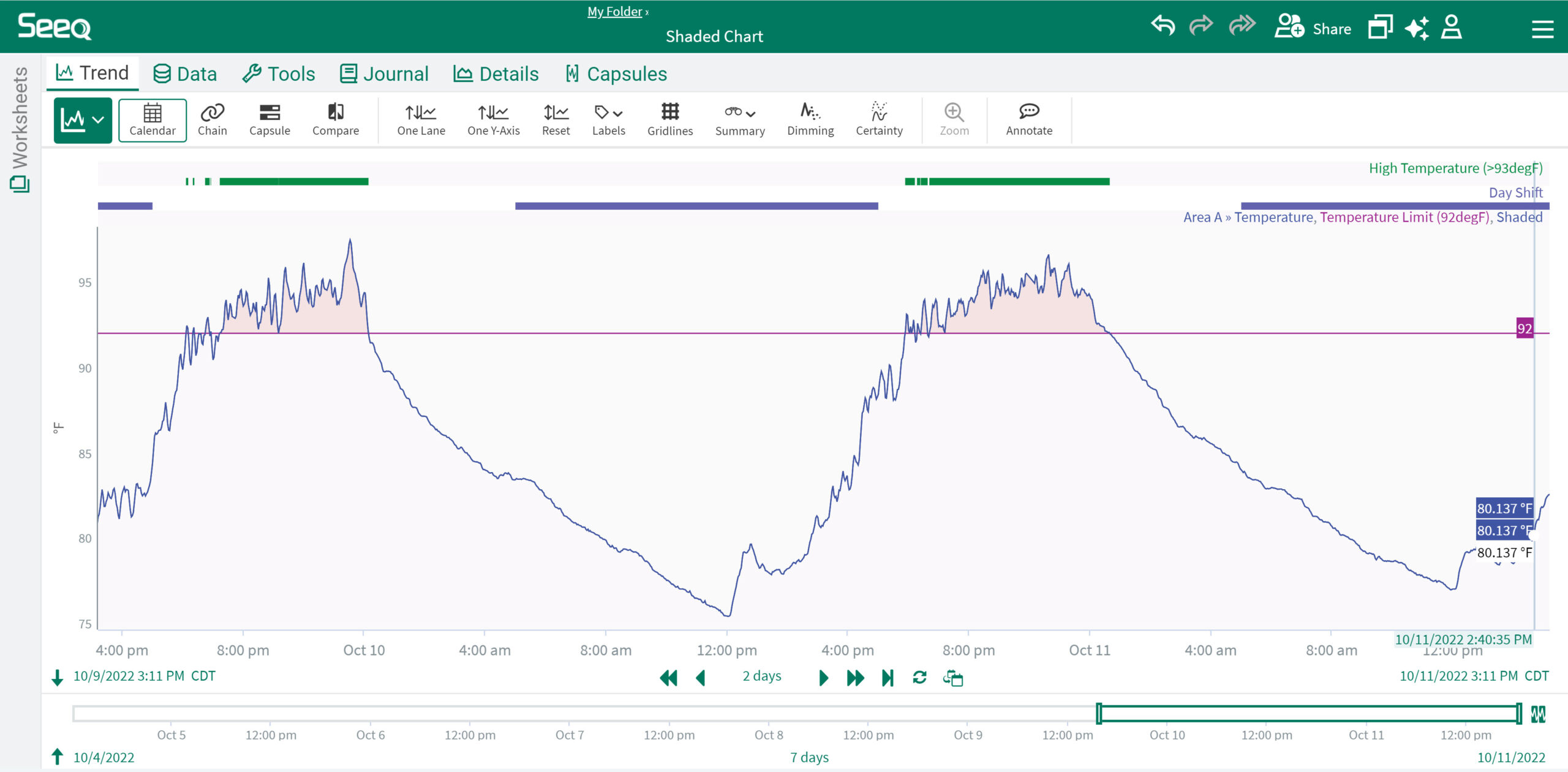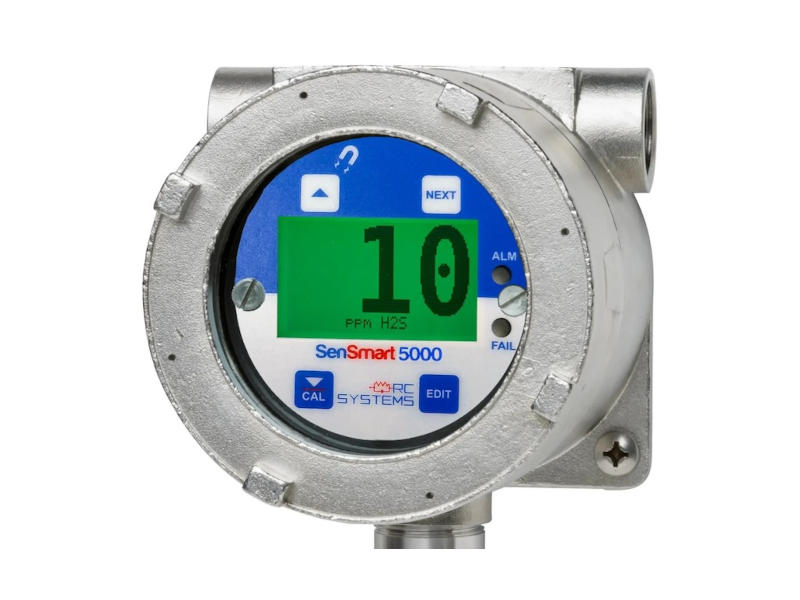Two of the more common questions asked in manufacturing plants are 1) Where do we start with our improvement effort? and 2) What tools or methods best apply to our business? Of course, most plants have some form of improvement plan, and the tools and methods are numerous. We are bombarded with promotional material and success stories regarding the use of tools and methods, such as lean manufact...
Two of the more common questions asked in manufacturing plants are 1) Where do we start with our improvement effort? and 2) What tools or methods best apply to our business? Of course, most plants have some form of improvement plan, and the tools and methods are numerous. We are bombarded with promotional material and success stories regarding the use of tools and methods, such as lean manufacturing, supply chain management, total productive maintenance (or manufacturing), reliability centered maintenance, root cause analysis, six sigma, and kaizen. Having worked with all of these in one form or another, it seems that each one, if properly applied, works really well. Which one is “best?” It depends on your particular business situation, but there may not be one “best.”
How do I know which one to apply and where to start? That depends, too.
Manufacturing plant as a business system
First, we should think of the manufacturing plant as a business system, and we should understand the events or defects (anticipated or otherwise) that occur that result in the loss of capability of that system. In a perfect world our plant would run perfectly all the time. We’d have perfect quality, maximum production rates, and no unplanned downtime, and product changeovers would be instantaneous. Of course, none of us has ever seen that world. With that in mind, we should understand those events or defects that cause us to lose capability and ask if they are acceptable to the business. At times they will be perfectly acceptable; e.g., rapid product changeovers, capital project upgrades, planned maintenance, and so on. At times they will not. We must understand the causes of lost capability, and then take appropriate action to minimize them.
One of the more common methods is to measure overall asset utilization (OAU), or overall equipment effectiveness (OEE). Both are similar in that they measure all losses from ideal production capability. OAU focuses on the overall plant utilization, while OEE often focuses on individual production units or machines. In both cases, losses due to events such as planned and unplanned downtime, rate and quality losses, changeover losses, and other losses are measured. These are then used to select and apply the appropriate improvement method to reduce the losses. However, suppose you’re not measuring OAU, OEE, or its equivalent. Or suppose you don’t have confidence in the numbers.
Analyzing failures in your business system
Suppose our costs are too high. How do we know where to focus our resources? Or perhaps that’s the problem — we have too many “resources” with their attendant costs so we cut costs with the expectation that they will come down, only to see production capability suffer. Things are often not what they seem to be. For example, when maintenance costs are too high, companies often cut them, only to their detriment. Rather than cut maintenance costs, perhaps we should understand the source of the defects that are resulting in the failures and the subsequent need for maintenance.
The model below provides a step-by-step process for understanding where the “defects” are. That is, those things that cause us to lose production capability, or incur additional costs, so that we can eliminate the defects from our business system.
-
Create a simple block diagram of the production process or line.
-
Assemble a crossfunctional team from each production area, plus a support function team. The crossfunctional team from each area typically consists of a senior operator, an operating supervisor, a senior mechanic, electrician, or technician, and a maintenance supervisor. It may also include others, such as a vendor and/or an engineer for certain critical equipment. The support team is typically composed of a stores supervisor, a utilities supervisor, a human resource and/or training manager, a purchasing supervisor, and a capital projects engineer.
-
Define a failure in the business system (the production line) as anything that results in loss of production output, or in extraordinary costs
-
Review each step of the production process with each of the crossfunctional teams, identifying failures in your business system at each step of the production process. This can be done as a group, or by individual teams with a group discussion at completion.
-
Also review the support functions for business failures; e.g., spares, utilities, etc.
-
During the review, calculate the value of each business failure: Type of failure x Frequency per year x Losses per failure x Value per loss = $$ or Quantity of product
-
For example, suppose in step one of our production process we identified supplier quality as a major problem. That is, once a month the supplier provided raw material of substandard quality. This quality problem required adjustment of the process and resulted in lower yields. Suppose we calculated that this lower yield resulted in the loss of the equivalent of 10 tons of product (or 1000 units or 1000 gal), with each ton having a gross profit of $1000. This would result in a loss of $120,000 per year. Other disruptions for accommodating this poor raw material were valued at $2500 per event —lost productivity of people, plant reconfiguration, and so on.
Overall, the value of this failure in our system would be estimated at $150,000 per year, a fairly substantial sum. We continue with this process until we’ve identified all major losses in each production area, as well as those attributable to the support functions. Next, we prioritize those losses that provide the greatest opportunity for improvement, and select the appropriate tools for eliminating or minimizing them.
It’s important to point out that this process is imprecise and will require validation of initial findings. One of the key benefits, however, is that people are working as a team, using a common strategy that’s focused on the success of the business. It provides input on their individual role in minimizing the losses. That in itself is invaluable.
Typical results
We might find other failures in our business system due to problems such as:
-
Production disruptions and changeovers from spurious sales demands
-
Operator inexperience and lack of training
-
Poor process consistency and stability
-
Gearbox failures
-
Spare parts unavailability
-
Insufficient laydown space or access for maintenance
-
Poor power quality
-
Poor lubrication practices
-
Mechanics’ lack of training
-
Alignment systems not in use
-
Specific machinery failures.
-
Each of these problems would be ranked according to the potential opportunity at hand — where is the most money to be made? Decisions would be made according to a simple model:
-
Actions that are easy to do and have a high value get done first
-
Actions that are easy to do and have lesser value get done second
-
Actions that are hard to do and have high value get done third (takes time and money)
-
Actions that are hard to do and have low value don’t get done, at least for now.
-
Selecting the right tools
What tools or methods do we select to eliminate these defects and losses? It depends. For example:
-
If supplier quality was a top priority problem (opportunity for improvement), we could apply supply chain principles, and perhaps six sigma in an effort to reduce the variability of their supply.
-
If the next biggest opportunity was lack of training in our operators, we would probably ask human resources or training to develop a plan to address this need.
-
If the next biggest opportunity was related to a specific machine and its lack of reliability, we might apply reliability centered maintenance (RCM) initially to better understand the machine’s functional requirements and the failure modes that are resulting in loss of functionality. Next, and if appropriate, we might apply TPM principles —operator care and effective use of preventive and predictive maintenance to better manage these failure modes. If the problem with the machine was particularly difficult, we might use root cause analysis (RCA).
-
If the next biggest opportunity was to reduce the spurious nature of production planning and frequent changeovers, we might work with sales and marketing to analyze our product mix, sales and gross profit by product, and key customers.
-
If the next biggest opportunity was to reduce spares unavailability, we would probably want to apply RCM methods to understand our most common, or highest consequence, failure modes, and to use supply chain principles to make sure we had critical spares on hand.
-
Summary
It’s essential that we view our manufacturing plants as a business system, and that we understand the failures in that system. Viewing anything that results in a loss of production capacity as a failure in our business system provides a good start for working as a team in quantifying those losses. Quantifying those losses and then applying the appropriate tools and methods on a priority basis will minimize those failures, assuring the success of the business.
Author Information Ron Moore is Managing Partner of The RM Group, Inc., Knoxville, TN, and author of Making Common Sense Common Practice: Models for Manufacturing Excellence. He can be reached at 865-675-7647 or [email protected]
-
-
-



